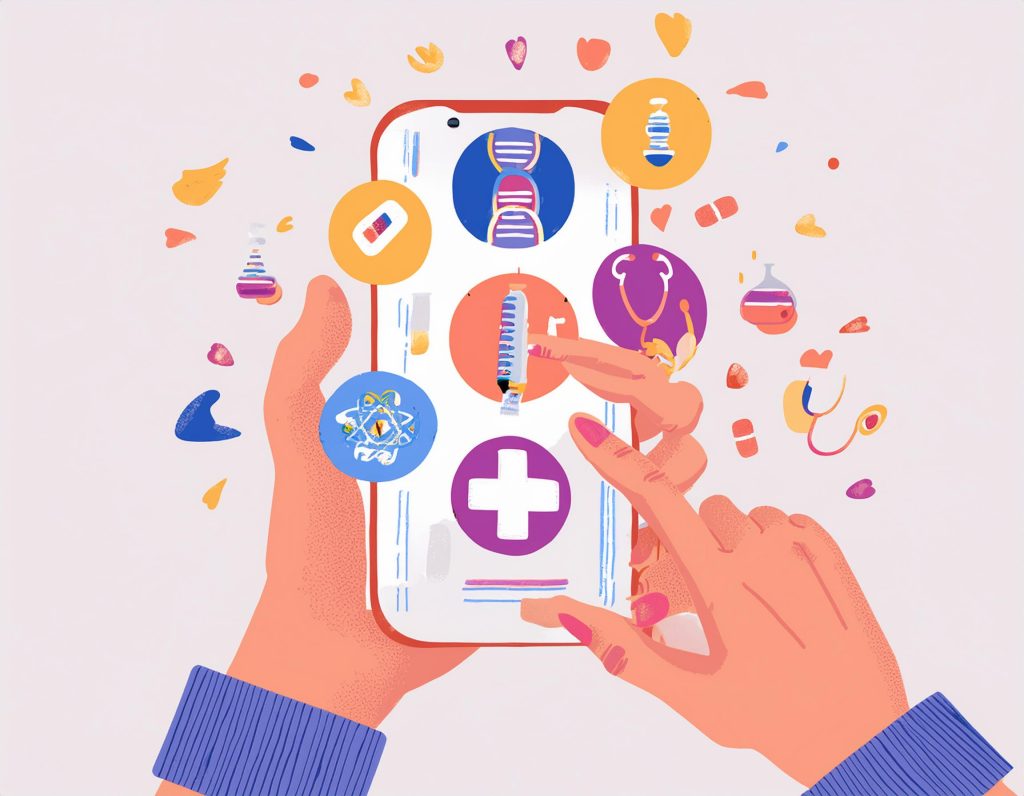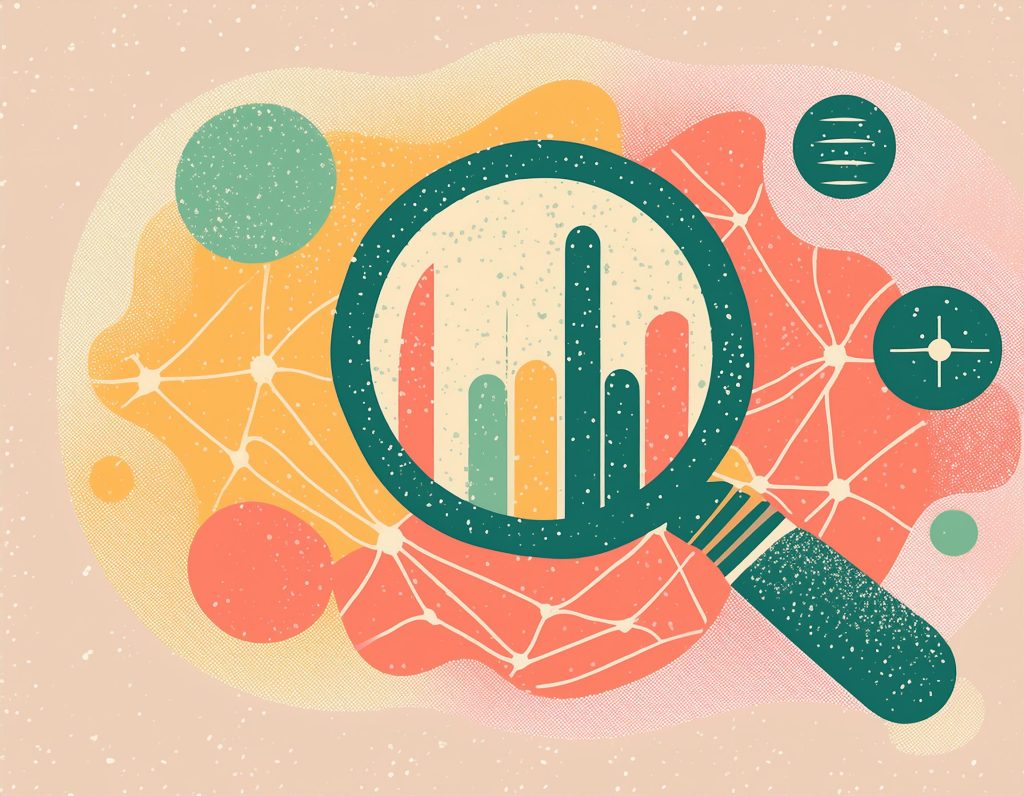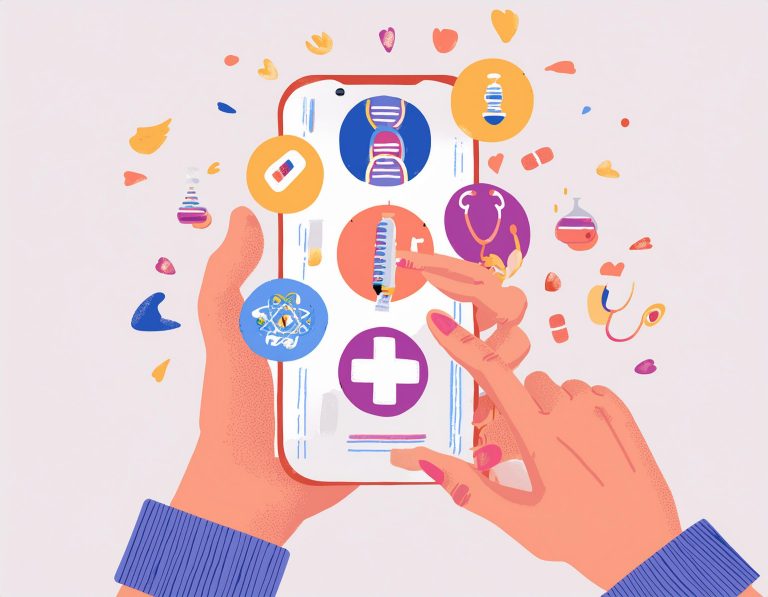Social media has completely revolutionized how we communicate, providing many platforms and formats to share our research and knowledge. However, not all social media platforms are the same, and each serves different purposes. In this blog, we will introduce you to social media and guide you on effectively using the most popular platforms to share your work and important information about public health, diseases, and more. By making these platforms your ally, you can reach wider audiences and make a greater impact in public health and medicine.
According to Datareportal, in the United States, in 2024, there will be 239.0 million social media users, representing 70.1 percent of the total population. The data, sourced from Statista, offers a comprehensive view of how educational attainment correlates with social media platform preferences. This information is particularly valuable for researchers, marketers, and public health professionals looking to target specific audience segments or understand the educational composition of different social media environments.
To be present in the new era of digital distribution and dissemination, we will discuss the advantages of being on the most significant social media platforms and the most useful for academics and public health researchers. These platforms are divided into five main categories based on the nature of their content and the purpose of each social media.
Video platforms
Platforms like YouTube offer unparalleled opportunities to reach and engage diverse audiences worldwide. By creating compelling and informative video content, public health and medical academics can effectively disseminate critical information, raise awareness about pressing health issues, and foster community engagement.
Video content can simplify complex health topics, making them accessible and understandable to a broader audience. Embracing this powerful tool can significantly amplify the impact of global health campaigns, ensuring vital messages reach those who need them most.
Academic and job platforms
LinkedIn, Mailchimp, and Substack are platforms that are crucial for anyone invested in public health and global health to spread their information and make more contacts worldwide. LinkedIn provides a professional network where you can share insights, collaborate with peers, and stay updated with the latest industry trends. Mailchimp offers robust email marketing tools to disseminate critical information, updates, and newsletters directly to your audience’s inbox, ensuring high engagement. Substack, a platform for publishing subscription-based newsletters, allows you to build a dedicated readership for in-depth content and foster a community of informed individuals passionate about public health and medicine. Utilizing these tools effectively can amplify your message, enhance collaboration, and drive impactful health initiatives globally.
Entertainment platforms
Platforms like Facebook, Instagram, Snapchat, and TikTok offer a unique opportunity to reach a broad and diverse audience quickly and effectively. By leveraging social media, public health organizations can disseminate crucial information, raise awareness about health issues, and engage communities in meaningful dialogue. The interactive nature of these platforms fosters a two-way communication channel, allowing for real-time feedback and a more personalized approach to health education. Utilizing the power of social media not only enhances the visibility of public health campaigns but also empowers individuals to make informed decisions about their health.
Sources: Instagram post by Cortdoesscience and Tik Tok video by Dr Kat, Epidemiologist
Blogging and other text-based platforms
Twitter (X), Reddit, Threads, and Mastodon are powerful tools for advancing public health and medical communication on a global scale. These social media platforms facilitate instantaneous information exchange, different communities’ interaction, and extend the influence of public health and medical-related content. Additionally, these platforms provide valuable opportunities for crowdsourcing data, gaining insights into public opinion, and mobilizing support for health initiatives. Harnessing the potential of social media is essential for effective communication and advocacy in global health.
Source: X publication by Caitlin Rivers
Social media has revolutionized communication in academia and public health, offering diverse platforms for reaching wide audiences and making significant impacts. From video-sharing sites to professional networks, and entertainment apps to information-sharing platforms, each channel serves a unique purpose in disseminating research and health information.
By leveraging these tools strategically, academics and public health professionals can amplify their messages, engage in real-time with global audiences, and rapidly respond to emerging health issues. The key to success lies in creating tailored content for different platforms, maintaining scientific integrity, and adapting to the evolving digital landscape. As we move forward, embracing social media thoughtfully will be crucial in advancing public health knowledge, promoting healthy behaviors, and improving global health outcomes in ways previously unimaginable.







